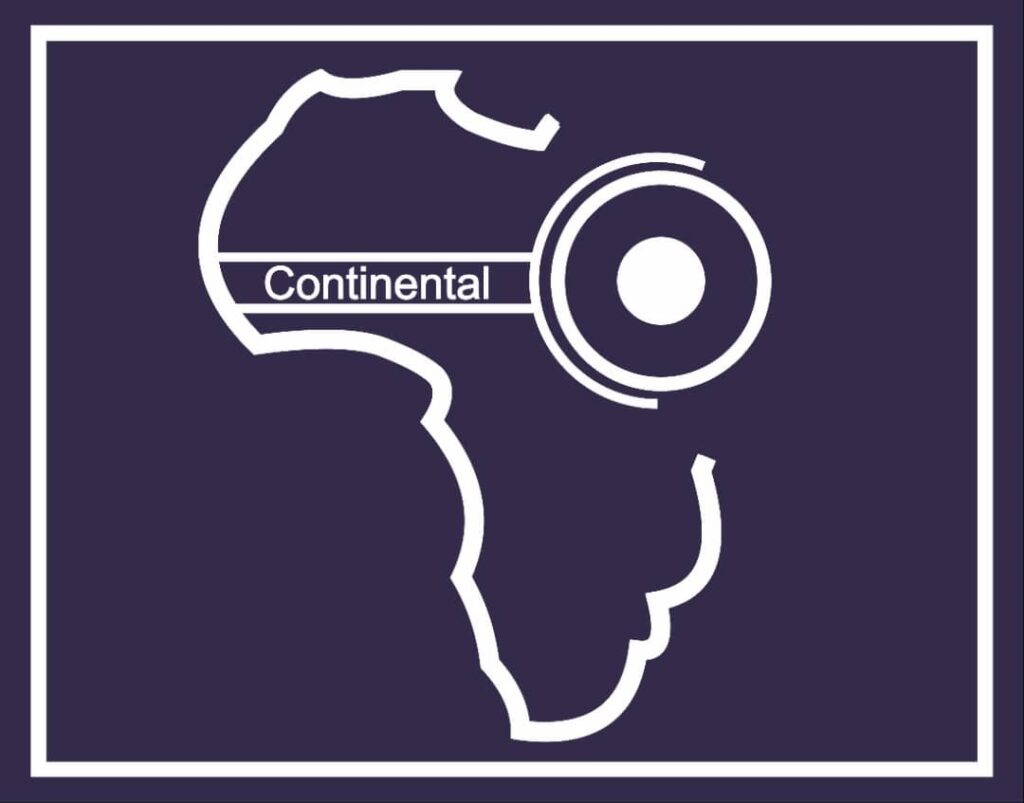At the time of filling this report, price of cocoa stood at GBP11,461.18 PT at the international market. Price per ton of the commodity had risen sharply from GBP 6,781.15 in October 2024 to GBP11,932 in December 2024. Since then, price have hovered within that range with a slight drop towards the end of December 2024 to USD10,210.87 before it went up to current levels. Between December 30th till today, price fluctuation has been insignificant.
Price started rising from the first quarter of 2023 and hit a record high in the last quarter of 2023. This spike in price is said to have been induced by short supply of the product by West African countries that are responsible for 80 percent of cocoa to international market. In 2022, for instance, Cote d’Ivoire supplied 38% of the global production, Ghana supplied 19%, Nigeria supplied 5% while Cameroon contributed 5%.
Cocoa has been in short supply since the last quarter of 2022 to the first quarter of 2023. Cocoa bean exports decreased by 20.3% between 2021 and 2022, from $10.4 billion to $8.29 billion. The beginning of the October 2023 season saw a further decline. For instance, from Côte d’Ivoire and Ghana export dropped by 28% and 35%, respectively.
This is generally attributed to intertwined effects of climate change and El Niño, which led to erratic rainfall and higher temperatures in cocoa-growing West Africa region, leading to the propagation of cocoa tree pests and diseases such as black pod disease and cocoa swollen shoot virus disease (CSSVD). In Ghana, more than 315,000 hectares of the country’s 1.9 million hectares of cocoa farms are affected by the Cocoa Swollen Shoot Virus Disease (CSSVD).
While this is true, this condition only came to aggravate already worsening production challenges facing cocoa farms in the region. Cocoa production in the West African subregion has suffered neglect over time, stemming from insufficient attention from the governments.
The origin of the issues centers around improper organization of the cocoa production industry to place a substantial share of the high value of cocoa-based products in the hands of the farmers. Farmers are therefore incapacitated to undertake farms maintenance to ensure optimum yield. In West African cocoa-growing countries, cocoa farms became starved of long-term investment or management such as replacement of aging cocoa trees.
Land allocation and farmers displacement issues are other serious challenges limiting cocoa output in the subregion. In Ghana, for instance, there is a growing shift in land use to artisanal mining of gold and other minerals. There is growing evidence that farmers are renting out their cocoa fields for small-scale mining operations, which compete for land and labor with cocoa production.
In Nigeria, problem of aging plantations is more sever. Until recently government attention on reviving the once thriving industry has been without actionable plans. The growing activities of estate firms is another raveling challenge.
The importance of cocoa and its resultant high demand in the international market, is enough to wake Africa countries up to pump resources into its production. There is yet no alternative to cocoa in the production of beverages and chocolate across the globe.








